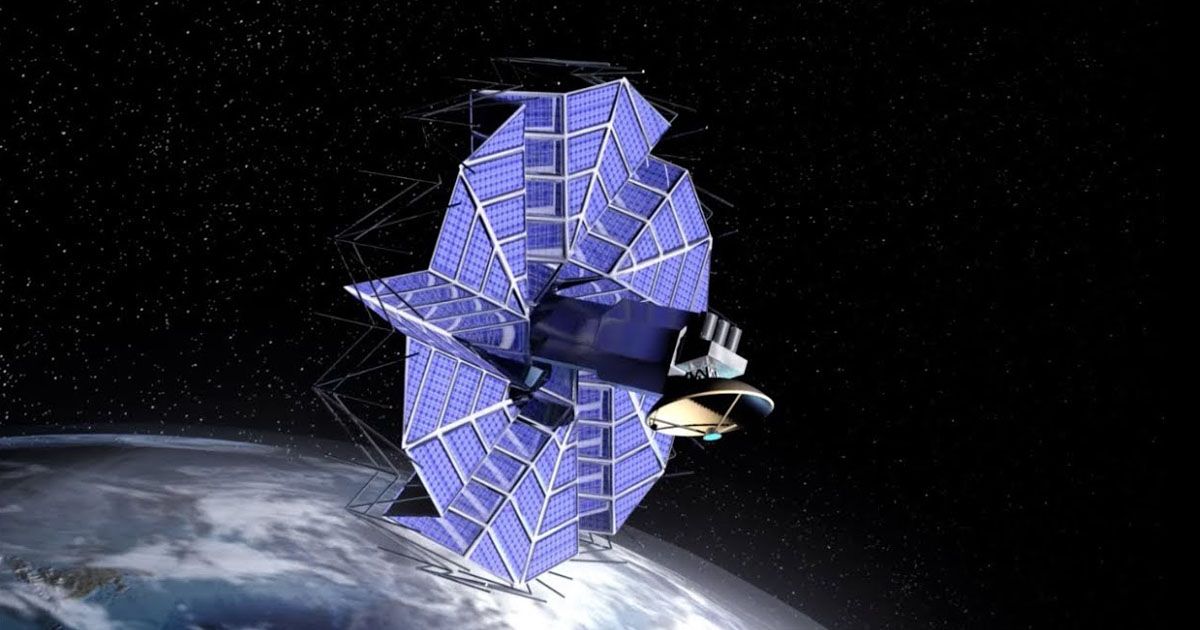
Rashmita Kashyap
Have you ever imagined the power of a piece of uncut paper? Paper was documented during the Eastern Han period (25 – 220 CE), when it was primarily used for artwork, writing, and for packaging. In 105 CE, Cai Lun, a Chinese court official, brought up the idea of paper. His paper-making skills mainly involved fishnet, old rags, hemp waste, and barks of trees. During the sixth century, Buddhist monks carried the concept of paper-making to Korea and Japan. In 1680, Ihara Saikaku, a Japanese poet, first described “origami” through butterflies. The word “origami” is compounded of two Japanese words: “ori” meaning “to fold” and “gami” meaning “paper”. In 1797, Senbazuru Orikata, the first origami instruction book was published, revealing several origami stories from Japanese culture.
For years, origami has been used for creating stunning works of art. But, we never focussed on the fact that origami can be used in many practical applications like car airbags, stents, and even in space applications. Robert Salazar, a technologist from NASA said, “Seeing the single uncut sheet, it has everything you need to create all of the origami that has ever been folded. It is all in the single sheet, so there is endless potential.” His endless efforts on paper-folding have been appreciated at NASA’s Jet Propulsion Laboratory. The underlying mathematics of origami has proved to be an efficient technique of folding large thin sheets of paper that are used in some of the biggest rockets in NASA. Eventually, many space projects have used the folding principles of origami, for example, the solar array wings on the ISS which uses a “Z” folding pattern, and the Mars Phoenix Lander used a fan – a folded solar array called the UltraFlex.

Have you ever tried to take a picture of someone when the bright sun is beating down on them? Your subject is washed out and it gets impossible to capture the detail. Well, this is the same problem faced by astronomers while trying to image exoplanets. For an earth-sized exoplanet orbiting a sun-like star, they can’t be imaged in detail because the stars they circle are much brighter than they are. This is where the Starshade comes in, to help suppress that bright light to better help astronomers learn more about these mysterious planets and look for bio-signatures for life. Starshade is roughly the size of a baseball field. So, the researchers came up with a way of folding up these very large structures into space that can be launched in a rocket. And, once it is released into space, it can unfold itself. This giant space flower may look simple in design but not in mathematical implementation which requires accuracy in millimetres. This project has been under development at NASA’s Jet Propulsion Lab.
Origami has been practised for years, and scientists will continue to draw inspiration from it to help capture big space structures more efficiently. From solar sails that use sunlight for propulsion, to sun-shades for space telescopes like Gaia, and the James Webb which was launched in 2019, origami is used in various ways. For when it comes to the future of space exploration, if we want to think big, we also have to think small.

